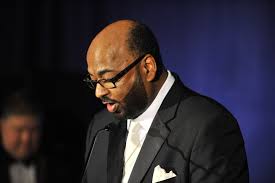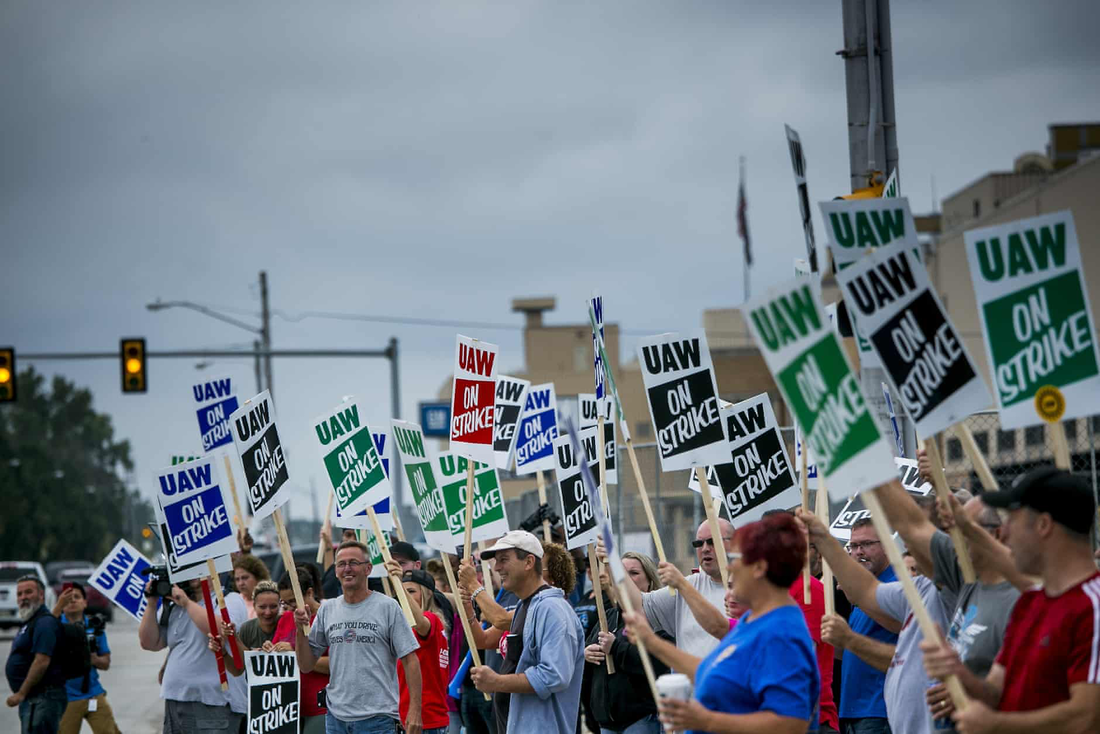|
Another Win for Colorado workers! An additional 30,000 Coloradans working in the food and beverage manufacturing industry now qualify for emergency paid leave - including thousands of UFCW Local 7R members! Read more HERE
0 Comments
Colorado emergency child care expands to include grocery, construction workers
The announcement came after two groups representing grocery and food processing workers — Coloradans for the Common Good and the state grocery workers union, United Food and Commercial Workers — urged Gov. Jared Polis and other state officials to give such workers the same kinds of protections available to front-line health workers. 
If you ask people what they think about organized labor these days, many - if not most - might respond based on the version of labor depicted in the recent Martin Scorsese film, The Irishman. The filmmaker points his camera at the link between the Teamsters and organized crime in the era of Jimmy Hoffa. So the image portrayed is of profoundly corrupt union officials in cahoots with habitually violent mafia thugs.
While that might make for a dramatic movie - endless as it is - it crowds out any other part of the rich and complex history of organized labor. I grew up in the Midwest and never ran across anyone who resembled the characters in the Scorsese movie. In my community of Fort Wayne, Indiana, organized labor was closely and publicly connected to organized religion. Your pew neighbor during Sunday worship service was often the factory worker next to you on the assembly line during the week. My father was a shop steward in his union and an usher at church. My mother worked in a parochial school and taught in Sunday School. Work and worship, labor and faith, were as married as my parents were. In fact, to my young eyes, the labor movement was another expression of religious activity, somewhat similar to singing in the choir, serving on the usher board, or teaching in Sunday School. We even had ministers in my city who worked in the factory during the week, and ministered to their congregational flock on weekends.
Twenty years after the first living-wage law was passed in Baltimore, the campaign’s lead organizer warns that the model has been watered down. This prescient piece written by Jonathan Lange in 2014 for the Nation is an even more urgent read NOW.
Demonstrators protest during a United Auto Workers strike outside the General Motors’ Flint Assembly plant in Flint, Michigan. Photograph: Anthony Lanzilote/Bloomberg via Getty Images
In their first strike in over a decade, union members are prepared to settle in for the long haul: ‘If we win, everyone wins’ “This is a strike for the little guy,” D’Andre Jackson said, as he held a banner that read “UAW ON STRIKE” outside General Motors’ sprawling Flint Metal Center in Michigan. Story.
Drivers will likely get health care and paid time off under the law.
“This is a victory to savor,” tweeted Nicole Moore, an Uber driver and organizer with Rideshare Drivers United. Read more
In a public hearing on the topic Wednesday in Denver, labor advocates pushed for two key changes. They want all industries covered under state rules, and they want a minimum salary cutoff for when overtime must be paid added.
“Workers need to be paid fairly for the work they do,” argued Marilyn Winokur, a Denver resident, with the Colorado Industrial Areas Foundation. “It is not good for Colorado workers to be overworked and underpaid.” More
Sara Nelson talks to family members of victims of 737 Max crashes before a House subcommittee hearing in Washington DC, on 17 July. Photograph: Tom Williams/CQ-Roll Call, Inc via Getty Images
Earlier this year, staring down the longest government shutdown in US history, Nelson gained national attention when she called for a general strike as a way of pressuring Donald Trump and Congress to act. The idea was radical – and supporters say it set in motion a series of events that brought the weeks-long shutdown to an end.
“People think power is a limited resource,” she said in Atlanta. “But using power builds power.” Nelson has struck a chord with progressives and grassroots activists who have amplified calls for her to run for labor’s top job: president of the nation’s largest federation of unions, the 12.5 million-member AFL-CIO. More
The large gap between the share of workers who want a union and the share of workers who are in a union underscores that our system of labor laws is not working. Fundamental reform is required to rebuild worker power and guarantee all workers the right to come together and have a voice in their workplace. Efforts are underway, including legislation like the Protecting the Right to Organize Act and the Public Service Freedom to Negotiate Act, and innovative projects focused on the reconstruction of labor law. Until meaningful policy changes are made that take worker power seriously and restore a fair balance of power between workers and employers, our economy will continue to leave behind most of the workers in it. More in TPM
Long-run wage stagnation for lower-wage workers—and rising inequality between high- and middle-wage workers—seems to indicate a modern labor market in which many workers have little bargaining power. In the middle of the 20th century, more than 30 percent of U.S. workers were members of a union: a core institution that provides workers with bargaining power. Today, after a long decline that took place almost entirely within the private sector, just 10.5 percent of workers (and 6.4 percent of private sector workers) are union members. We find that the decline in private sector union membership has been driven by falling union density both within industries and within states, with a smaller role for shifting industry composition. The decline in union membership is economically important: unions lift wages, reduce inequality, and shape how work is organized, among other effects. We examine options for reinforcing enterprise-level unions as well as other models for collective bargaining and enhanced worker voice. More from the Hamilton Project here.
|











